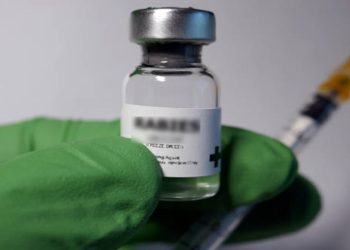Donald Trump has been diagnosed with a chronic vein condition, the White House announced on Thursday.
According to White House Press Secretary Karoline Leavitt, Trump, 79, underwent a “comprehensive exam” including vascular testing after recently experiencing swelling in his legs.
Leavitt said Trump’s bruised hand was consistent with “tissue damage from frequent handshaking” while taking aspirin, which she said is “part of a standard cardio-vascular prevention regimen”.

What is chronic venous insufficiency?
Chronic venous insufficiency (CVI) is a vein disorder that occurs when the veins in the legs become damaged, according to the Cleveland Clinic. Under normal conditions, veins contain valves that direct blood upward toward the heart. When these valves are compromised, they fail to close properly, allowing blood to flow backward—a condition known as venous reflux.
This backward flow can cause blood to accumulate in the lower legs, leading to swelling, particularly around the feet and ankles. Additional symptoms may include leg pain or aching, a feeling of heaviness or tingling, and the development of varicose veins.
The Cleveland Clinic reports that venous disease affects approximately one in three adults. CVI is more common in individuals over the age of 50, with risk increasing as a person ages.






































